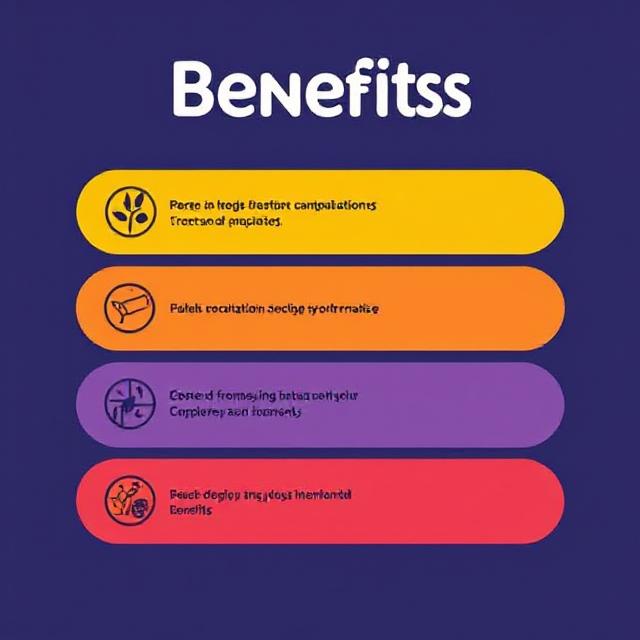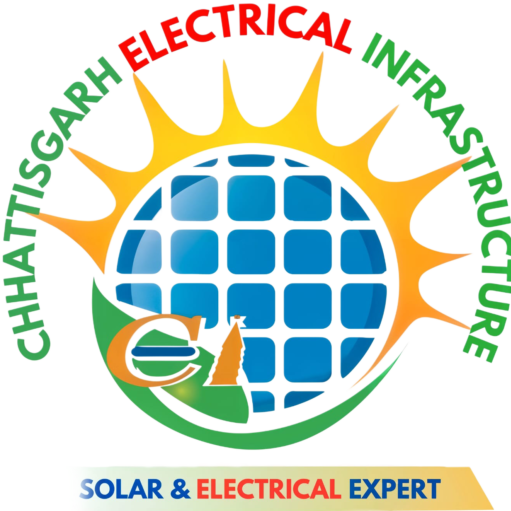SOLAR HOME LIGHTING SYSTEM
A Solar Home Lighting System is an eco-friendly and cost-effective way to power your home using the energy of the sun. It provides a reliable and sustainable solution to electricity needs, especially in rural or remote areas where grid power may be unstable or unavailable. By converting sunlight into electricity, these systems offer lighting and can even power small appliances, contributing to energy independence and environmental conservation.
How It Works

The basic working principle of a solar home lighting system revolves around the photovoltaic effect. Solar panels, made of photovoltaic (PV) cells, capture sunlight and convert it into direct current (DC) electricity. This electricity is then stored in batteries for later use. A charge controller manages the flow of electricity between the solar panels, batteries, and connected devices to prevent overcharging or deep discharging, ensuring the system’s longevity. Some systems also include an inverter if alternating current (AC) power is needed.
Components of a Solar Home Lighting System
Solar Panel: Captures sunlight and converts it into electricity.
Battery: Stores the electricity generated during the day for use at night or during cloudy conditions.
Charge Controller: Regulates voltage and current from the solar panels to the batteries.
Lighting Units: Typically energy-efficient LED lights that consume minimal power.
Inverter (optional): Converts DC into AC if needed for home appliances.
Wiring and Mounting Hardware: Ensures safe and proper installation.

Benefits

Renewable Energy Source: Solar energy is abundant and free, reducing reliance on fossil fuels.
Cost Savings: After the initial investment, solar lighting drastically lowers electricity bills.
Low Maintenance: Solar systems generally require minimal maintenance compared to traditional power sources.
Environmentally Friendly: Reduces carbon footprint and promotes cleaner air.
Energy Independence: Useful in areas with frequent power outages or no access to the power grid.
Scalable and Flexible: Systems can be customized based on household needs, from basic lighting setups to more complex configurations supporting fans, TVs, or small refrigerators.
Applications
Rural Electrification: Perfect for villages where grid connectivity is difficult.
Emergency Lighting: Acts as a backup during blackouts.
Urban Homes: Can supplement grid power, reducing electricity consumption.
Outdoor Spaces: Ideal for gardens, patios, and balconies.

Challenges

While solar home lighting systems offer numerous advantages, there are a few challenges:
Initial Cost: The upfront cost of a complete system can be high, although government subsidies and falling solar panel prices are making it more affordable.
Weather Dependency: Performance can be affected by prolonged cloudy or rainy days.
Battery Replacement: Batteries may need replacement every few years depending on usage and quality.
Conclusion
A Solar Home Lighting System is a smart investment toward a greener and more sustainable future. It provides an efficient, low-cost, and reliable source of power for homes, especially in underserved or remote areas. With technology improving and costs decreasing, adopting solar lighting is becoming increasingly accessible, helping homes not only save money but also contribute to global environmental efforts.


